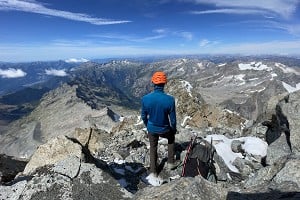
After choosing footwear and a hard shell (click to see these UKH articles for pointers) a rucksack is one of the key items on a hillwalker's kit list. For casual country walks – especially in summer – you can get by with any old thing; but throw in long distances, a heavy load, rough going and some scrambling or climbing and a bag designed specifically for mountain use will start to look more appealing. It's a busy market with loads of choice, so to be sure you end up with a pack that best suits your needs consider these key basics.
Nb. This feature concentrates on day packs, or at most bags that you can cram overnight bivvy gear into; we'll cover heavy-load-carrying multi-day backpacks in a future article.
What's the use?
What do you want a daypack for? Well carrying stuff, obviously. But there's a little more to it than that. Long gone are the days when everyone from ramblers to Himalayan mountaineers got by with a basic bucket-shaped thing with some straps sewn on, in any colour you wanted so long as it was khaki. Today's rucksacks are dazzlingly biodiverse, adapted to fit all sorts of specialised niches.
At the opposite extreme is rock, winter and alpine climbing. A bag for these tackle-heavy activities needs to offer plenty of volume, a reasonably comfortable load carry and good stability. It'll be cut fairly narrow for freedom of movement when waving your arms above your head, and for this reason there'll be no prominent side pockets. Extra straps for attaching axes, crampons or skis are essential, and while lightness is still desirable so too is durability in the face of all that heavy use. Again these are fine for hillwalking, and many people (myself included) use a climbing sack as their year-round catch-all option. But perhaps you'd prefer side pockets instead of side compression straps, for easy access to your thermos and wooly hat? If climbing-specific technical refinements like haul loops and daisy chains seem surplus to your needs then consider a more general purpose walker's model. Remember though that if you intend to do any winter hillwalking then you'll still need some means of attaching winter tools to the bag; not all walking sacks have ice axe loops or side straps.
Packed to capacity
From the minimalist with a pocketful of jelly babies to the photography fanatic lugging an array of lenses, tripod and duvet jacket, we all have different notions of the basic must-haves. As the kit list is bound to change depending on the weather and your objective too, no single size bag will be an ideal fit for all occasions. Having a small-ish pack encourages a disciplined essentials-only approach to packing, but it can be a pain cramming too much gear into a too-tight space or strapping loose items to the outside of the bag in desperation. Do you really want to end up (s)wearing (at) your waterproofs on a sunny day because there's no room to pack them? It's arguably better to have slightly too much capacity than too little, especially if there are side compression straps to reduce unwanted volume. So what's the ideal size for a day sack? It's impossible give a definitive figure, but here's a rough guide: For running or short fair weather walks 10-20L; for an average hillwalking day not counting every gram 20-30L; for climbing, scrambling (with a rope), winter walking or overnight bivvies 40L.
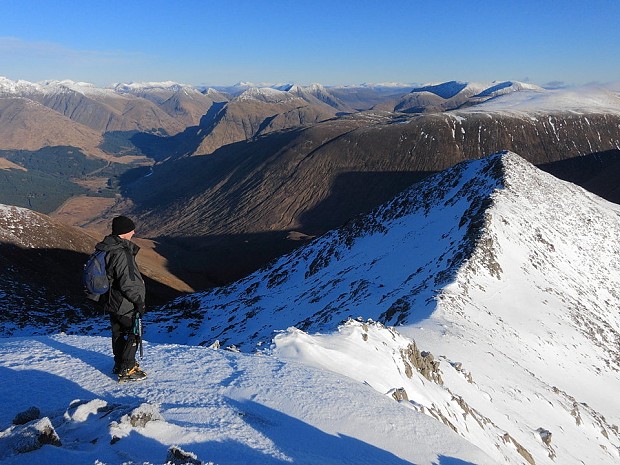
Heavy duty
The weight of a rucksack is of course partly down to its size, but also the choice of materials, the amount of stitching and padding, and the number of add-ons like extra pockets, zips and straps. Feature-rich daypacks can weigh well over 1kg before you've even started packing, while a simpler stripped-down model could easily halve that. There's a balance to be struck between weight, functionality, comfort and durability. Oh yes, and price. Your choice is always going to be a compromise.
Hip belts
A hip belt is designed to take much of the load off the shoulders (and spine) and redirect it into the legs. Not every daypack has a hip belt, and with smaller bags and lighter loads there's not much need for one, though they can still help stabilise the pack when running or scrambling. The belt really comes into play with the heavier loads of a typical climbing, bivvying or winter walking trip. On a climbing pack the hip belt may be removable so that it doesn't restrict access to your harness; this is less likely to feature on a straight walking pack, but instead you might have a cute little zipped pocket – good for accessing loose items without having to remove the pack.
It's only fitting
Hillwalkers come in all shapes and sizes, and so too do daypacks. Some boast adjustable back lengths (more common in backpacking bags) while many have fixed shoulder straps, but may be available in a range of sizes. As with footwear the only way to be sure a pack will fit you personally is to try it on in a shop. Start with a bit of weight in the bag to simulate a load on the hill. You want the middle of the hip belt (if there is one) to be sitting directly on your hip bone, so that it takes its fair share of the load. Now pull the shoulder straps nice and snug (not restrictively tight). If there's a gap at the top, the back length is too long for you; if the hip belt rides up then it's too short. Fine tune any adjustment straps at the side of the hip belt and the top of the shoulder straps. Better?
Padding and ventilation
Padding is needed wherever bag and body meet – over the top of the shoulders, down the back and around the hips. Heavy hiking sacks will generally have more padding than little featherweight day bags, but don't go crazy for cushioning. Firm, slimline padding can be just as comfortable as mounds of the stuff and makes for a lighter sack, less obtrusive straps and a closer, less spongy-feeling load carry when you're bobbing about on rough ground. Where the bag is in contact with your body you will inevitably sweat. Various systems of perforated padding or mesh panels may be employed to aid ventilation. These help to an extent, but don't expect miracles. Designs that incorporate an air gap between the bag and your back look good on paper, but they shift the load further from your centre of gravity than you may like - especially when running or climbing.
Feeling stiff-backed?
Small packs need no added support, but the larger the sack and the greater the load the more you'll appreciate some kind of internal frame in the back to help stabilise the load and direct it into the hip belt – most commonly an alloy bar or a moulded plastic sheet. To save weight when not needed these are often removable.
Lids, buckles and zips
Most rucksacks are accessed via a lid, secured with buckles; two small buckles are the norm, but a single big one is marginally less faffy and easier to use with gloves on. There's generally a drawcord closure too, or some sort of rolltop affair. Some lids are removable to save weight, while other models have done away with the lid altogether and just have a rolltop or some such. That's fine, though it means one less pocket for the small loose items you often want to hand. Alternatively consider a pack with a zipped opening. These give easier access to all the bag's contents at once, though they may not be as weatherproof or as long-lived as a simple lid. All but the most Spartan sack will generally sport various other buckles and straps for compressing the load or fixing things to the outside; perhaps there'll even be some elastic. All toggles and buckles should be of the highest quality moulded plastic – they'll get a lot of abuse.
Extra pockets
On all but the most minimalist packs a zipped lid pocket is de rigeur; make sure it's roomy enough for a map, hat, gloves, headtorch etc. Personally I like a smaller under-lid compartment for keys and wallet too. Wand pockets are handy for securing axes or poles; they need to be very robust and able to drain melting snow. Larger elasticated side mesh pockets are good for often-needed items like water bottles that won't really fit in a lid or under a side compression strap. More secure are zipped side pockets – a common feature on walking packs, but not great for climbing since they tend to get in the way. One solution to this is the collapsible/expandable bellows pocket that sits flush with the side of the pack when not in use. An internal sleeve for a water bladder is a common feature, usually slipped down the back of the pack; if you're not a tube sucker they're still good for storing wet socks.
Waterproofing
Robust, weather-shedding materials may be the norm, but a genuinely waterproof rucksack remains a rare beast. The seams inevitably leak a little, and to be fair there are so many of these on the average pack that it'd be fiddly and expensive to tape them all. An external raincover is an obvious solution, and some models do come with an integral cover. However these tend to catch the wind, and make pack access that bit more faffy. Alternatively use a single big plastic pack liner or stow the important items in various dry bags (also a good way to keep pack contents organised).
- INTERVIEW: Exmoor Coast Traverse - England's Best Kept Mountaineering Secret 10 Apr
- REVIEW: Rab Muon 50L Pack 9 Apr
- REVIEW: Boreal Saurus 2.0 22 Mar
- REVIEW: The Cairngorms & North-East Scotland 1 Mar
- REVIEW: Mountain Equipment Switch Pro Hooded Jacket and Switch Trousers 19 Feb
- Classic Winter - East Ridge of Beinn a' Chaorainn 12 Feb
- REVIEW: Salewa Ortles Ascent Mid GTX Boots 18 Jan
- REVIEW: Patagonia Super Free Alpine Jacket 7 Jan
- REVIEW: Deuter Fox - A Proper Trekking Pack For Kids 27 Dec, 2023
- My Favourite Map: Lochs, Rocks, and a Bad Bog 27 Nov, 2023



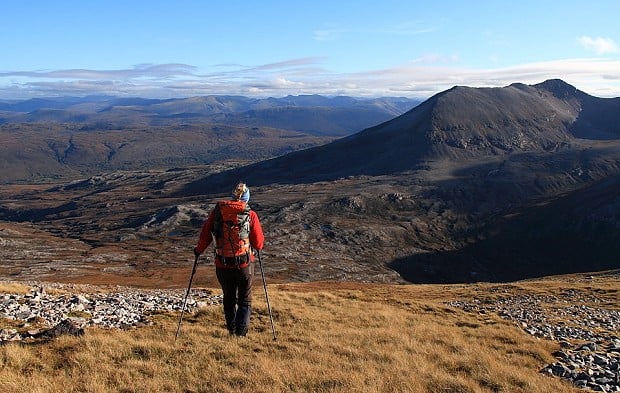
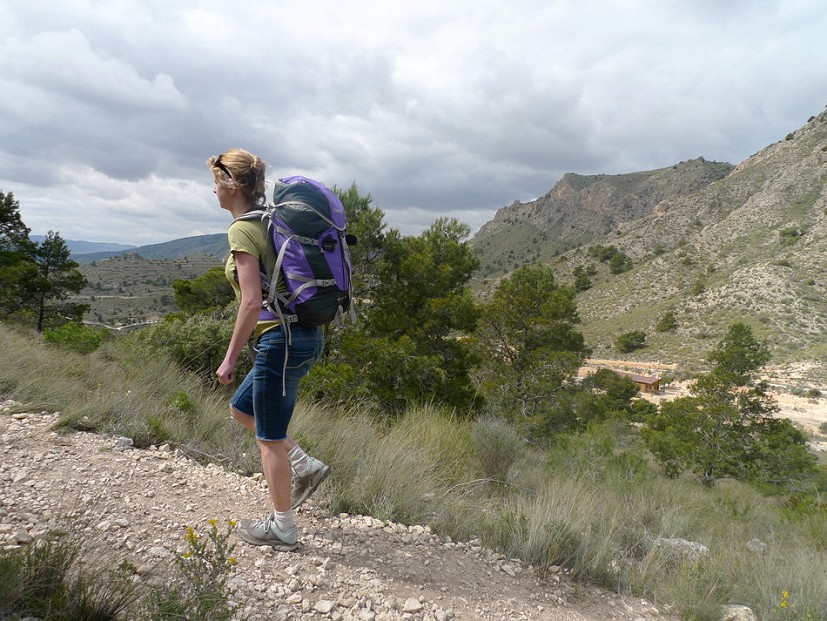
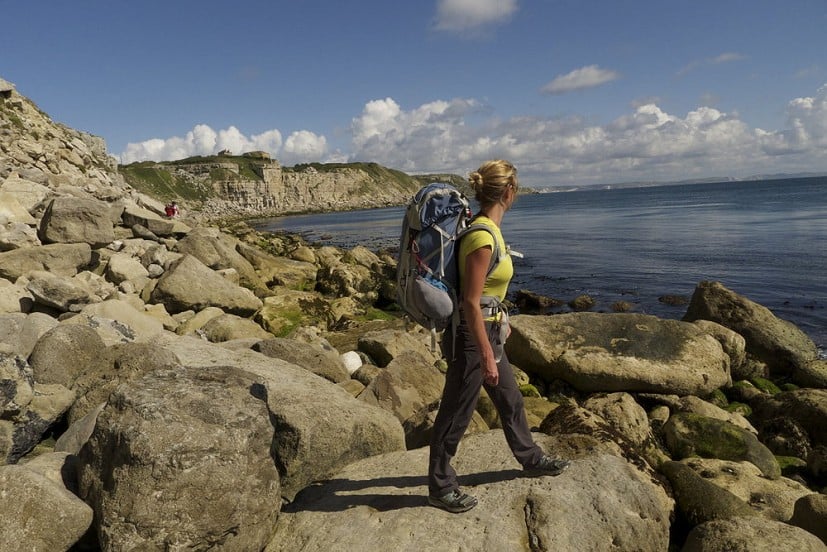
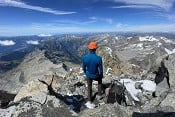
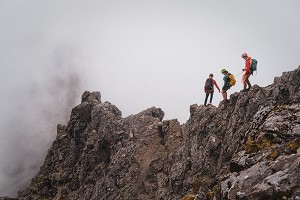

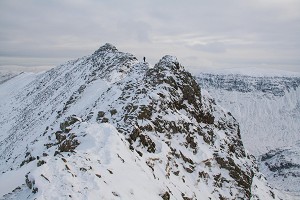





Comments